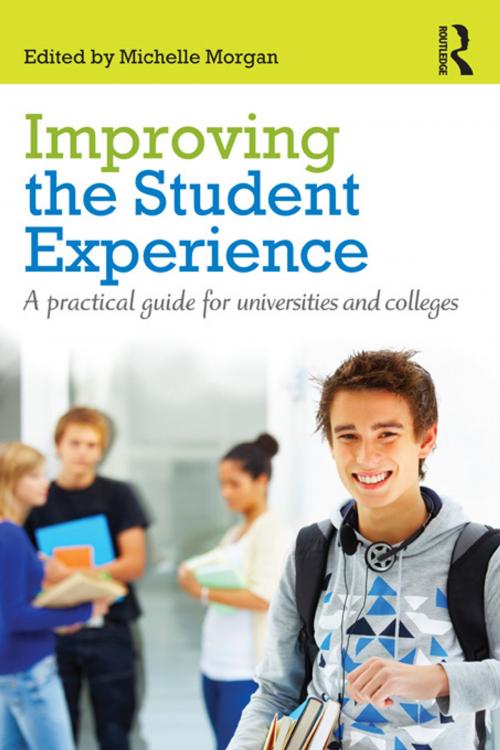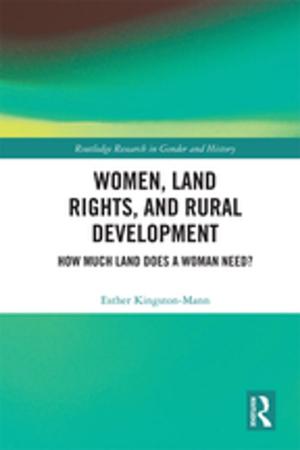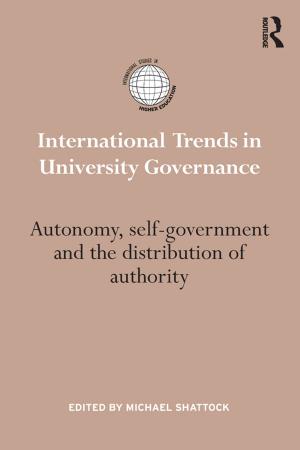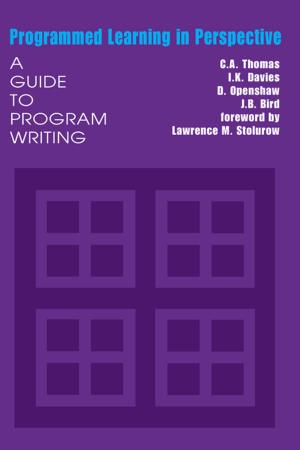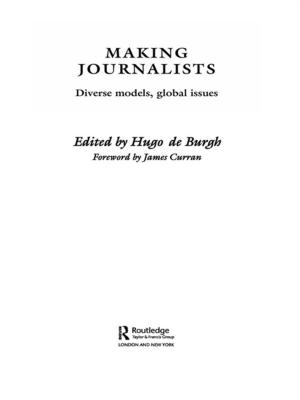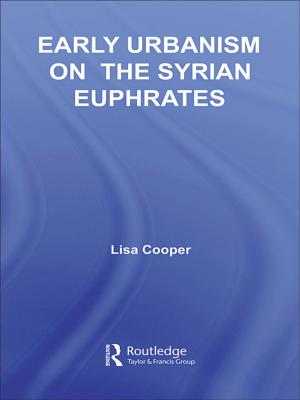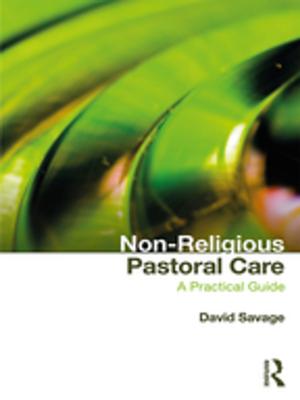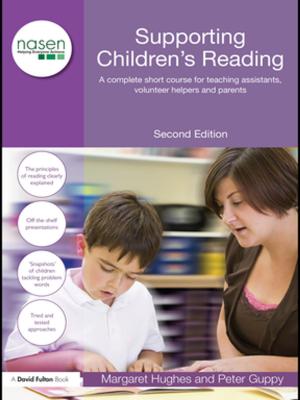| Author: | ISBN: | 9781136729683 | |
| Publisher: | Taylor and Francis | Publication: | June 17, 2013 |
| Imprint: | Routledge | Language: | English |
| Author: | |
| ISBN: | 9781136729683 |
| Publisher: | Taylor and Francis |
| Publication: | June 17, 2013 |
| Imprint: | Routledge |
| Language: | English |
The landscape of higher education (HE) has dramatically altered in the past 30 years and it continues to evolve and change. More students are entering HE and attending university or college on a global scale than ever before. Supporting and enhancing the undergraduate student experience across the student lifecycle, from first contact through to alumni, is a critical activity in higher education today not only to aid retention and progression but in a highly competitive HE market, the quality of the student experience is pivotal to an institution’s ability to attract students. The student experience encompasses all aspects of student life, i.e. academic, social, welfare, with the academic imperative at the heart of it. However, the increasing costs of delivering HE, a reduction in government/ state funding and constraints on resources means delivering a quality student experience has never been more challenging for those working in HE.
Staff at all levels, and across all areas within an institution, are developing and implementing initiatives to improve and enhance the student experience whether they are at the coal face or on the periphery thus making them a ‘Practitioner’ in the student experience. This could include the admissions administrator improving the information available for potential applicants; the academic improving his/her feedback to students or central welfare departments ensuring that their services are being advertised and supported within a student’s home unit (faculty/department/school/course).
In this book, the Editor, Michelle Morgan describes how her new student experience ‘Practitioner Model’ provides an organised and more detailed structure; guiding Practitioners in the identification of what they have to deliver, who they need to deliver it to and when they need to deliver it across her six key stages of the student lifecycle:
· First Contact and Admissions;
· Pre-arrival;
· Arrival and Orientation;
· Induction to Study;
· Reorientation and Reinduction (Returners' Induction)
· Outduction (preparation for life after undergraduate study).
The Practioner Model offers a new way of thinking in terms of delivering ‘interlinked’ academic, welfare and support activities at the home unit and university level to support the student in their university journey.
This book also provides working solutions to real problems in the form of exemplar case studies from the UK and internationally, including chapters from Liz Thomas, Di Nutt, Marcia Ody, Chris Keenan(UK), Mary Stuart Hunter, (USA), Kerri-Lee Krause and Duncan Nulty (Australia).
Good practice must be adaptable and transferable because one size does not fit all. It must also be cost effective. And here the authors shows how practitioners can adapt and customise the 40 case studies presented to help them not only improve and enhance the experience of their undergraduate students in their own institution (both full and part-time) but also to support their students’ progression and retention.
The landscape of higher education (HE) has dramatically altered in the past 30 years and it continues to evolve and change. More students are entering HE and attending university or college on a global scale than ever before. Supporting and enhancing the undergraduate student experience across the student lifecycle, from first contact through to alumni, is a critical activity in higher education today not only to aid retention and progression but in a highly competitive HE market, the quality of the student experience is pivotal to an institution’s ability to attract students. The student experience encompasses all aspects of student life, i.e. academic, social, welfare, with the academic imperative at the heart of it. However, the increasing costs of delivering HE, a reduction in government/ state funding and constraints on resources means delivering a quality student experience has never been more challenging for those working in HE.
Staff at all levels, and across all areas within an institution, are developing and implementing initiatives to improve and enhance the student experience whether they are at the coal face or on the periphery thus making them a ‘Practitioner’ in the student experience. This could include the admissions administrator improving the information available for potential applicants; the academic improving his/her feedback to students or central welfare departments ensuring that their services are being advertised and supported within a student’s home unit (faculty/department/school/course).
In this book, the Editor, Michelle Morgan describes how her new student experience ‘Practitioner Model’ provides an organised and more detailed structure; guiding Practitioners in the identification of what they have to deliver, who they need to deliver it to and when they need to deliver it across her six key stages of the student lifecycle:
· First Contact and Admissions;
· Pre-arrival;
· Arrival and Orientation;
· Induction to Study;
· Reorientation and Reinduction (Returners' Induction)
· Outduction (preparation for life after undergraduate study).
The Practioner Model offers a new way of thinking in terms of delivering ‘interlinked’ academic, welfare and support activities at the home unit and university level to support the student in their university journey.
This book also provides working solutions to real problems in the form of exemplar case studies from the UK and internationally, including chapters from Liz Thomas, Di Nutt, Marcia Ody, Chris Keenan(UK), Mary Stuart Hunter, (USA), Kerri-Lee Krause and Duncan Nulty (Australia).
Good practice must be adaptable and transferable because one size does not fit all. It must also be cost effective. And here the authors shows how practitioners can adapt and customise the 40 case studies presented to help them not only improve and enhance the experience of their undergraduate students in their own institution (both full and part-time) but also to support their students’ progression and retention.
